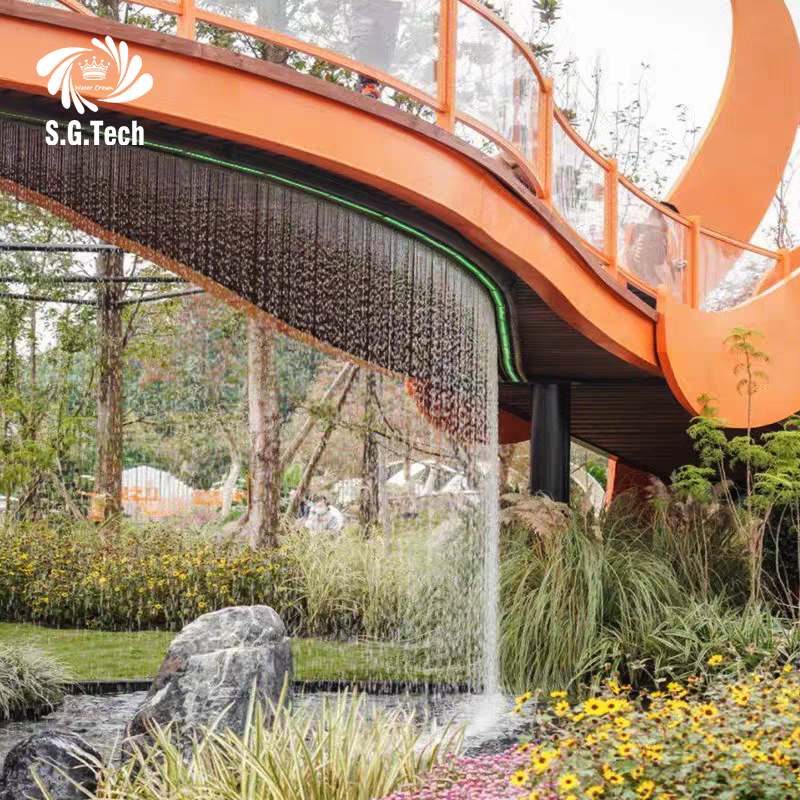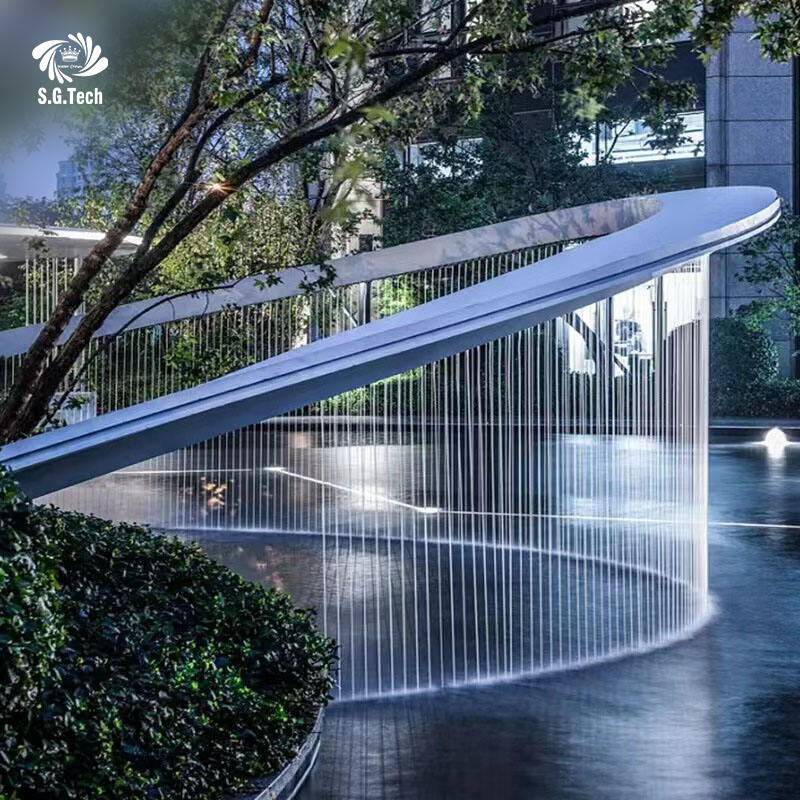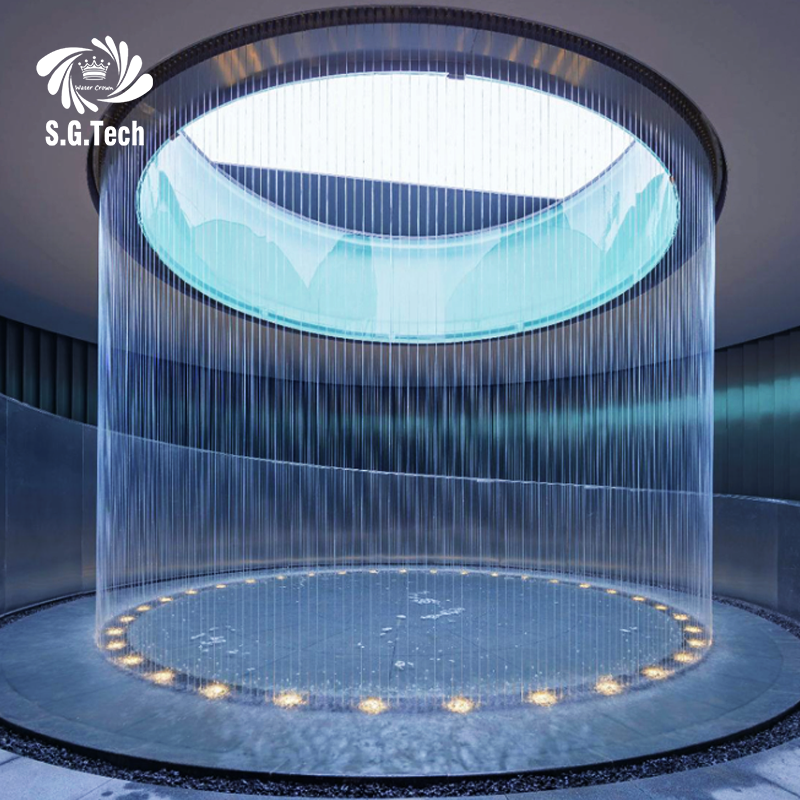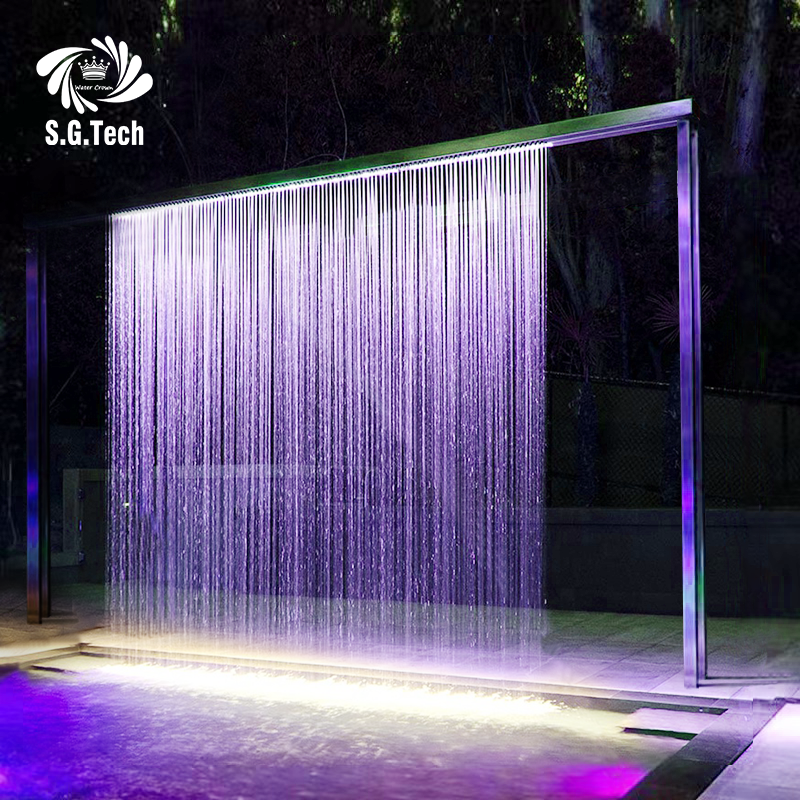
A water curtain control system represents the neural network of modern hydraulic installations, integrating hardware precision with software intelligence to orchestrate seamless operations. At its core lies a programmable logic controller (PLC), typically a Siemens S7 or Allen Bradley CompactLogix, which processes inputs from a matrix of sensors—including ultrasonic flow meters, temperature probes, and motion detectors. The system employs DMX512 protocols to synchronize with external devices, enabling real time collaboration with lighting consoles, audio systems, or even architectural BMS (building management systems). Human machine interfaces (HMIs) come in the form of touchscreen panels with intuitive GUIs, allowing operators to switch between pre set modes (e.g., daytime aesthetic, nighttime projection) or customize parameters like flow rate (0 200 m³/h) and nozzle angle (0 90°). Remote monitoring via IoT gateways has become standard, with 4G/LTE modules enabling technicians to diagnose faults, update firmware, or adjust settings from anywhere. Servo motor driven actuators control mechanical components, achieving sub millimeter precision in nozzle positioning, while proportional valves regulate water pressure with an accuracy of ±1%. Advanced systems leverage AI algorithms to optimize water distribution, learning from historical data to predict usage patterns and adjust accordingly—for example, intensifying effects during peak visitor hours. Redundancy is built into critical components, with dual power supplies, backup PLCs, and emergency stop circuits compliant with EN 60204 safety standards. Software suites like Aquasys Pro offer drag and drop programming for complex sequences, supporting features like water based countdown timers, weather responsive adjustments, or even integration with fire suppression systems. This modular architecture ensures scalability, from small scale garden fountains to massive commercial installations spanning hundreds of meters.


